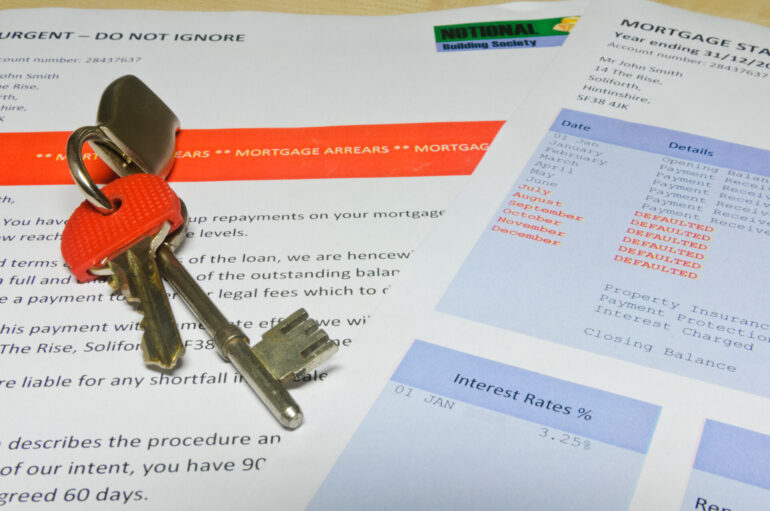In Q4, the rate of arrears for residential mortgages grew by 2.4%, following two consecutive quarters of decline, data from Pepper Advantage has revealed.
The data showed an overall increase in arrears growth across all products – including fixed and variable rate residential and buy-to-let (BTL) mortgages.
Buy-to-let market arrears growth slowed from 9.7% to 1.5%.
While growth slowed, overall buy-to-let arrears were up 38.1% since Q4 2023.
The arrears rate for fixed rate mortgages grew 8.4%, marking the highest growth rate since Q1 2024, when it hit 10.1%.
The percentage of variable rate mortgages in arrears grew 2.3% – also the highest growth rate in this group since Q1, when it was 3.9%.
Regionally, the overall rate of arrears increased across the country except for the East Midlands, North East and Scotland, where it declined quarter-on-quarter by 1.8%, 2.4% and 3.2%, respectively.
All other regions saw their arrears rates grow by between 0.7% and 5.7%.
Fraser Gemmell, CEO of Pepper Advantage, said: “The three-month run-up to the holidays is often a challenging time for household finances as families balance higher spending with bills and mortgage repayments.
“For borrowers, these strains were accentuated in Q4 by unexpectedly higher borrowing costs, particularly as many cheaper fixed-term mortgages came to an end.
“These pressures have translated into a higher rate of arrears growth across the board.”
Gemmell added: “While arrears growth in some regions is abating, the overall level remains remarkably high across the borrower types, age, and product areas.
“Increasing house sales have captured headlines in recent weeks as buyers race to beat the Stamp Duty deadline, but this is not the whole picture.
“Inflationary pressures remain a key concern for many households and will likely persist for the foreseeable future. Supporting these households remains crucial.”



